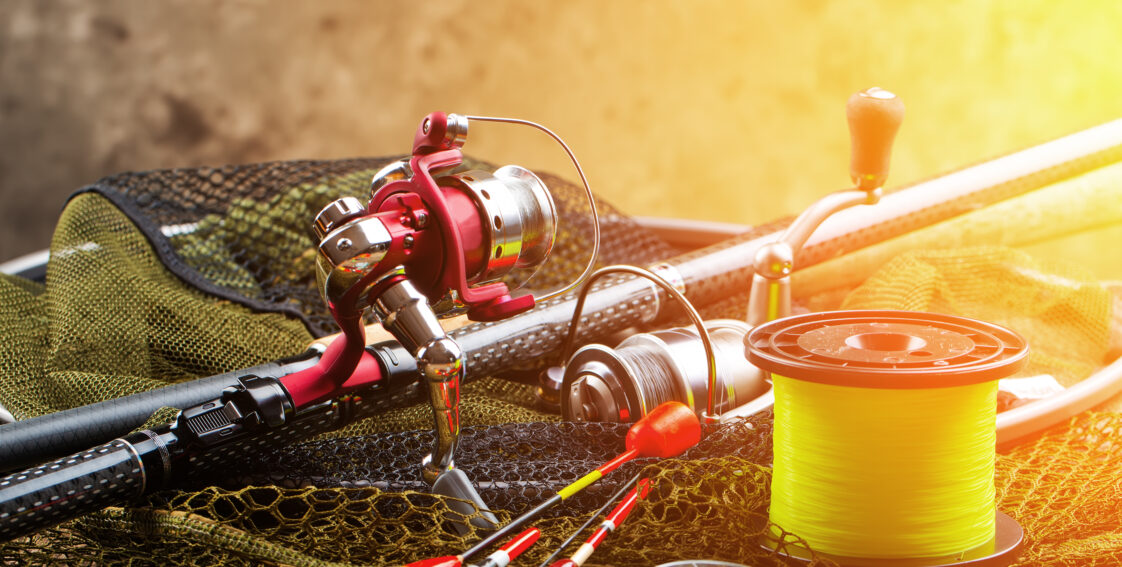
What To Look For When Buying a Tackle Box
Every hobby, trade, or specialized activity requires its set of tools, and fishing is no different. Between rods, reels, lures, bobbers, flies, sinkers, leaders, hooks, and so much more, it is crucial to have an organizational compartment to fit everything you need for a peaceful and successful day on the water. A tackle box provides the necessary space you need in a convenient and portable package, but do not settle for just any box. You want to make sure that whatever option you choose will suit your needs for now and into the future.
Box Material or Shell
There are many options for the interested fisherman, but mostly box choices come down to the case’s material or shell. You can choose a rigid, more traditional exterior, typically plastic, or a soft, fabric bag. Either option is excellent for fishing, but each has pros and cons. For example, hard shell boxes usually provide fixed trays on a display mechanism that opens when the container is open. These boxes also have more storage under the trays for additional necessities, like line and reel options. Unfortunately, while durable, hardshell boxes are heavy and awkward, making them difficult to manage for the fisherman that likes to swap out their tools frequently.
Softshell options, or tackle bags, are a bit more versatile than their hard shell counterparts. Most bags come with plastic cases inside for organizing your supplies. You can buy more of these cases separately, meaning that swapping fishing materials is as easy as taking one tray out and putting the next one in. Also, tackle bags are lighter weight than standard boxes. Unfortunately, while useful and versatile, tackle bags are not as protective of your fishing equipment. The softshell does little to keep items safe if dropped.
Organization
You will want to find a box that offers plenty of organizational options or compartments. Every angler knows that tangled hooks, lures, lines, and any number of other things mean sore and injured fingers. A decent box should provide ample compartment storage with varying sized trays or slots to house different tools.
Beyond fixed storage options, you should also consider customizable trays. These compartment solutions use removable walls and slots to allow for resizing, meaning that you can find a place for that obscure bobber or lure. Most anglers know that forcing a large hook into a just-too-small-space will lead to breakage. Before buying any tackle solution, make sure there are room and options for all your tools.
Size and Storage
Some people, especially novices, often make the mistake of thinking a tackle box is only for tackle, but fishing requires many tools, like extra rod and reel combinations. When selecting a box, make sure that there is storage beyond the essential space for the tackle. It is best to gather your fishing gear into one room before looking for boxes and consider the size you might need. You can count hooks, bobbers, lures, etc., to see how many trays or compartments you need, but also look at the reels, lines, and other items you typically bring out with you. Boxes and bags come in varying sizes, allowing you to be a bit picky in your choice.
Are you unsure of what you typically bring on a fishing trip? Consider this basic tackle box list:
- Leaders
- Lures or flies
- Extra fishing line
- Bobbers
- Swivels
- Several hook sizes
- Sinkers
- Stringer
- Sharp knife
- Flashlight
- Ruler or scale
- Needle nose pliers
- Sunscreen
- Insect repellent
- First-aid kit
Buying a tackle box is not something you should rush into. You want to consider everything you have and what you’ll need to take on a single trip. Once you figure that out, you can determine the size and type of box you want and need.
